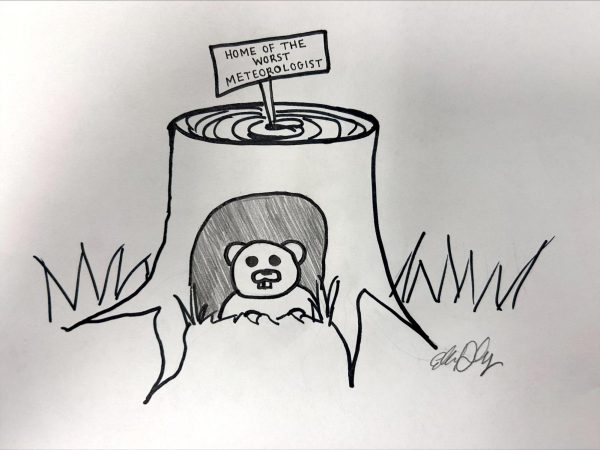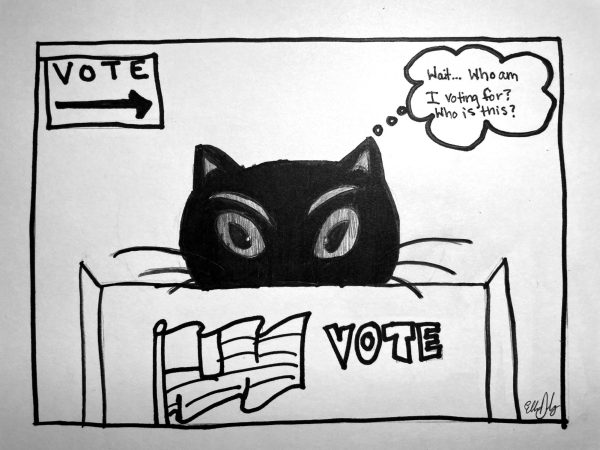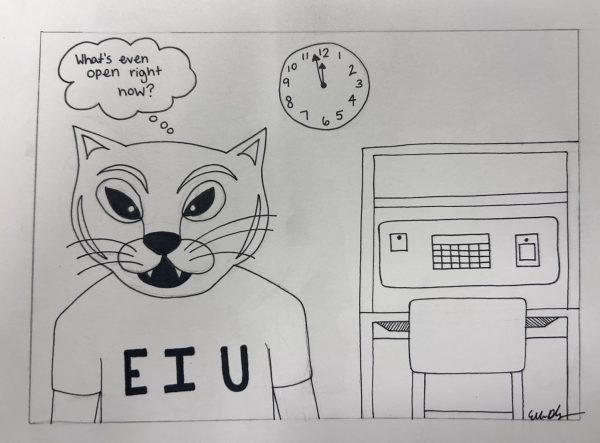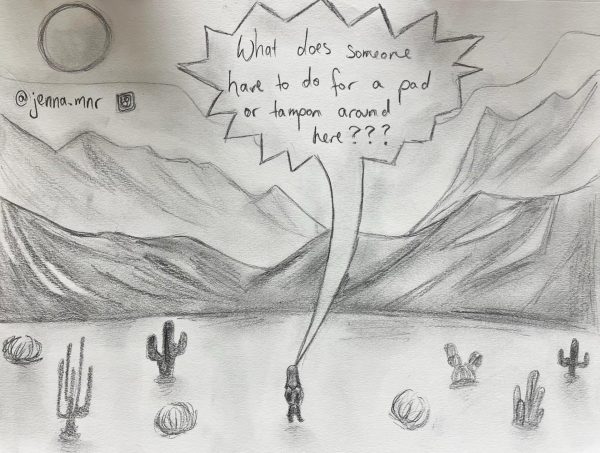Since when do snacks have a gender?
February 6, 2018
Sometimes it seems like society is making attempts in one way or another to dig itself out of a hole filled with stereotypes and misunderstandings.
Other days, society finds itself treading in the wake of these things — or even worse, sinking a few feet back into them.
Doritos, an iconic snack with iconic Super Bowl commercials, recently did this with some controversial remarks made by its chief executive, Indra Nooyi, who insinuated the company was creating a new kind of chip for women.
Nooyi was quoted in article from CNBC saying that “women prefer chips that don’t make too much noise when eaten or leave them with sticky fingers.”
To cater to women and their preferences, the goal for the “lady Doritos” was to make them less crunchy and leave less residue on women’s hands while still maintaining full flavor and their femininity.
Although Forbes said Pepsi has since denied that it is manufacturing female-oriented Doritos, these gendered ideas still stand.
With Nooyi’s comments, Doritos is separating women from the rest of society and putting them in a box—or rather, a bag filled with nitrogen air.
And in this bag, women are returned to the labels society branded them with a long time ago — labels that many voices have worked hard to eliminate.
Of course, some products are going to be geared toward a certain audience. That is not only the nature of advertising, but also the nature of human beings. We all have different needs and depend on different products to fulfill them.
However, we at The Daily Eastern News do not categorize Doritos and other snacks as products with that level of specificity. Many of us at The Daily Eastern News enjoy Doritos, and we do not intend on boycotting the brand or insisting that readers join forces and storm PepsiCo with torches and cheesy fingers.
We do, however, intend to send a message, and that message is that women do not need to be categorized and generalized, and snacks do not have a gender.


















































